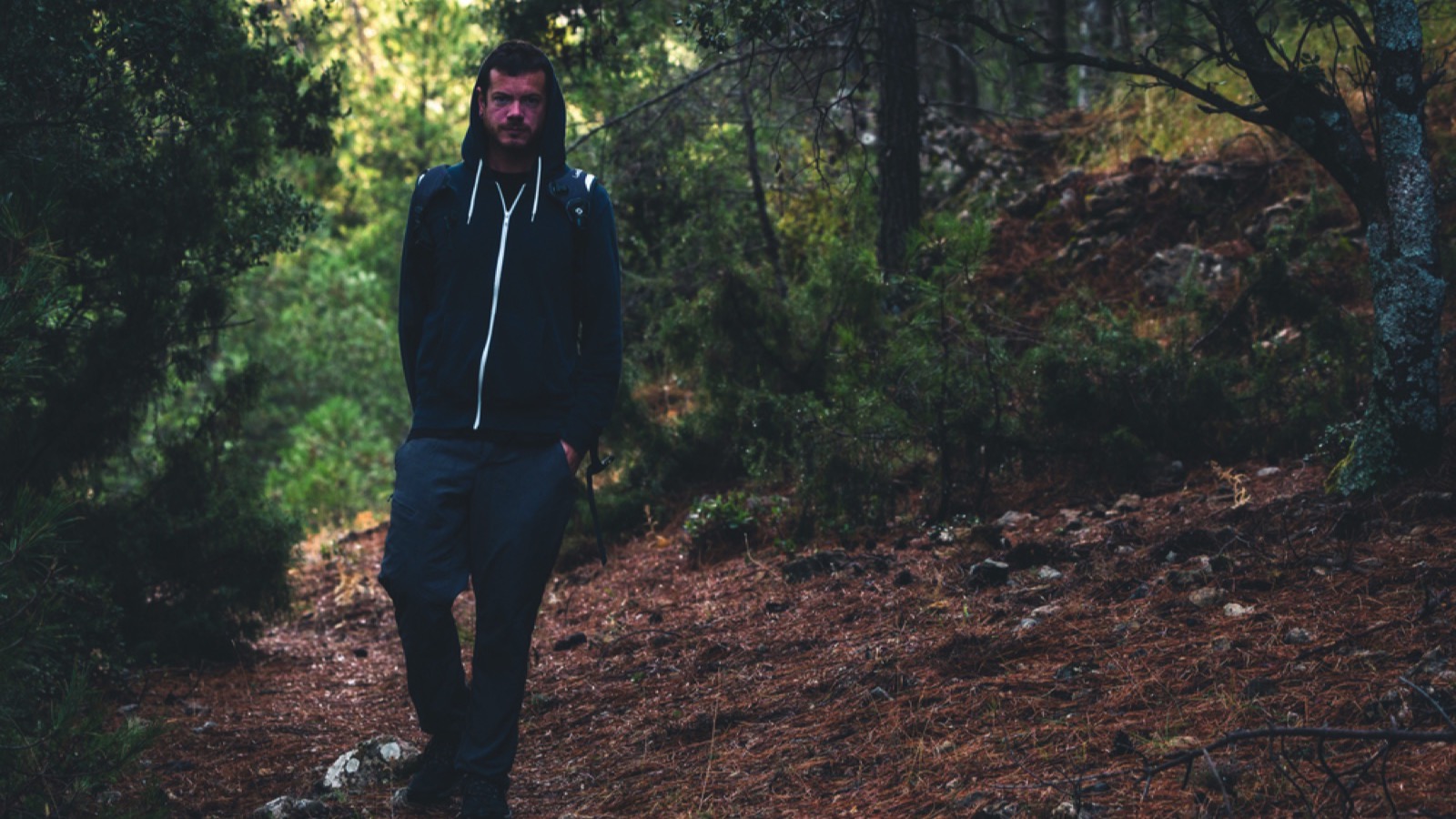

Surviving in the wilderness requires knowledge, skill, and the ability to make smart decisions under pressure. Even experienced outdoorsmen can make fatal errors when faced with unexpected challenges. This list explores 15 common mistakes that could cost you your life in a survival situation, and how to avoid them.
Going Alone
Heading out into the wilderness alone is one of the most dangerous mistakes you can make. Without a partner, you have no one to help if you get injured or lost. Solo travelers also lack the benefit of shared decision-making and problem-solving. Always bring at least one companion on your wilderness adventures, and make sure someone back home knows your plans and expected return date.
Failing to Tell Someone Your Plans

Even if you’re not going alone, failing to inform someone about your trip details can be deadly. If you get lost or injured, search and rescue teams won’t know where to look for you. Before heading out, always leave a detailed itinerary with a trusted friend or family member. Include your planned route, expected return date, and the make and model of your vehicle.
Underestimating the Weather

Weather conditions can change rapidly in the wilderness, and being unprepared can lead to hypothermia, heat exhaustion, or worse. Always check the forecast before your trip and pack appropriate gear for various weather scenarios. Remember that temperatures can drop dramatically at night, even in warm climates. Bring layers and rain gear, even if the forecast looks clear.
Drinking Unpurified Water
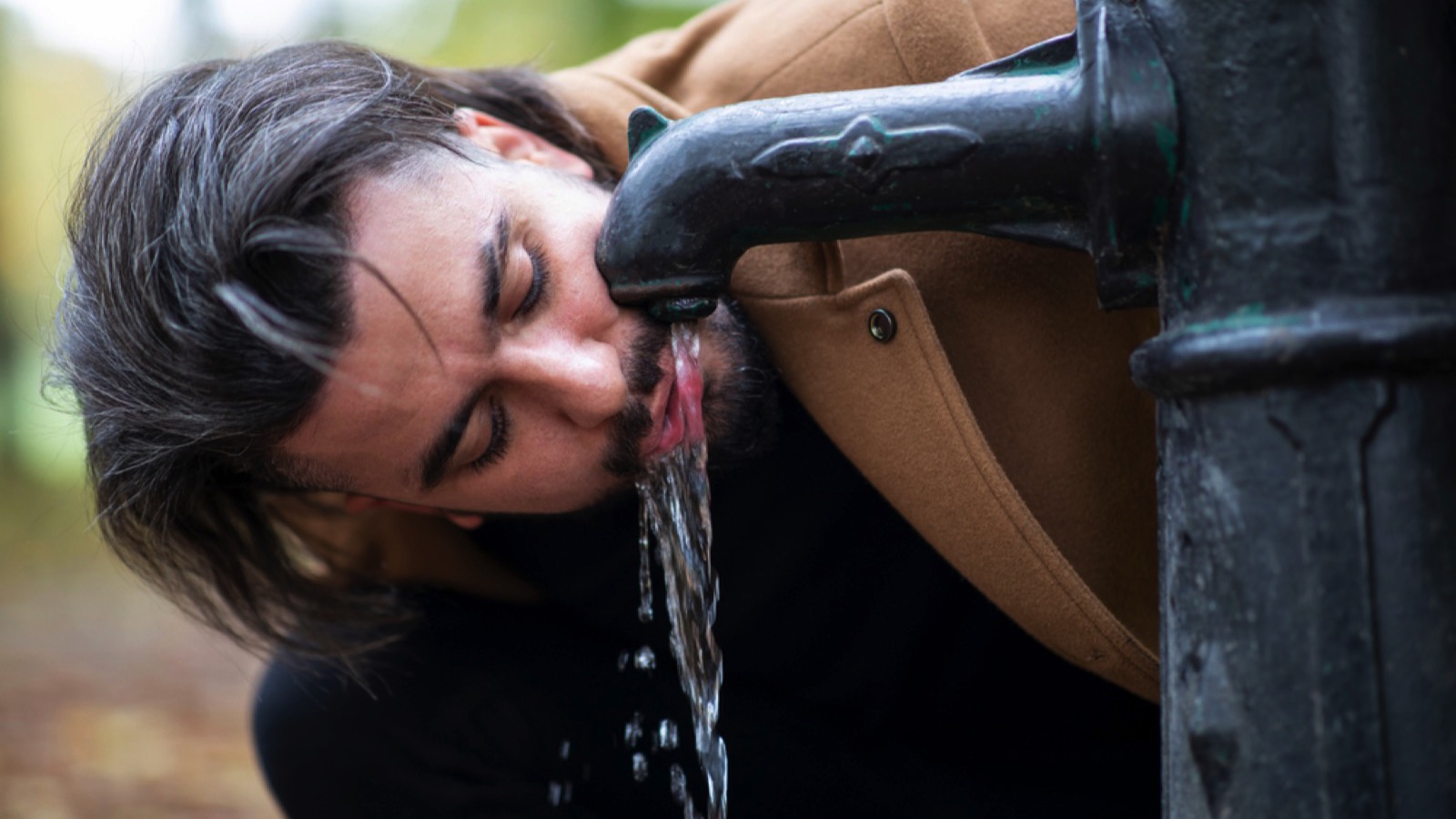
When you’re thirsty, it’s tempting to drink from that crystal-clear stream. However, even the cleanest-looking water can harbor dangerous parasites and bacteria. Drinking untreated water can lead to severe illness, dehydration, and even death. Always carry a reliable water purification method, such as filters, purification tablets, or the ability to boil water.
Eating Unknown Plants or Mushrooms
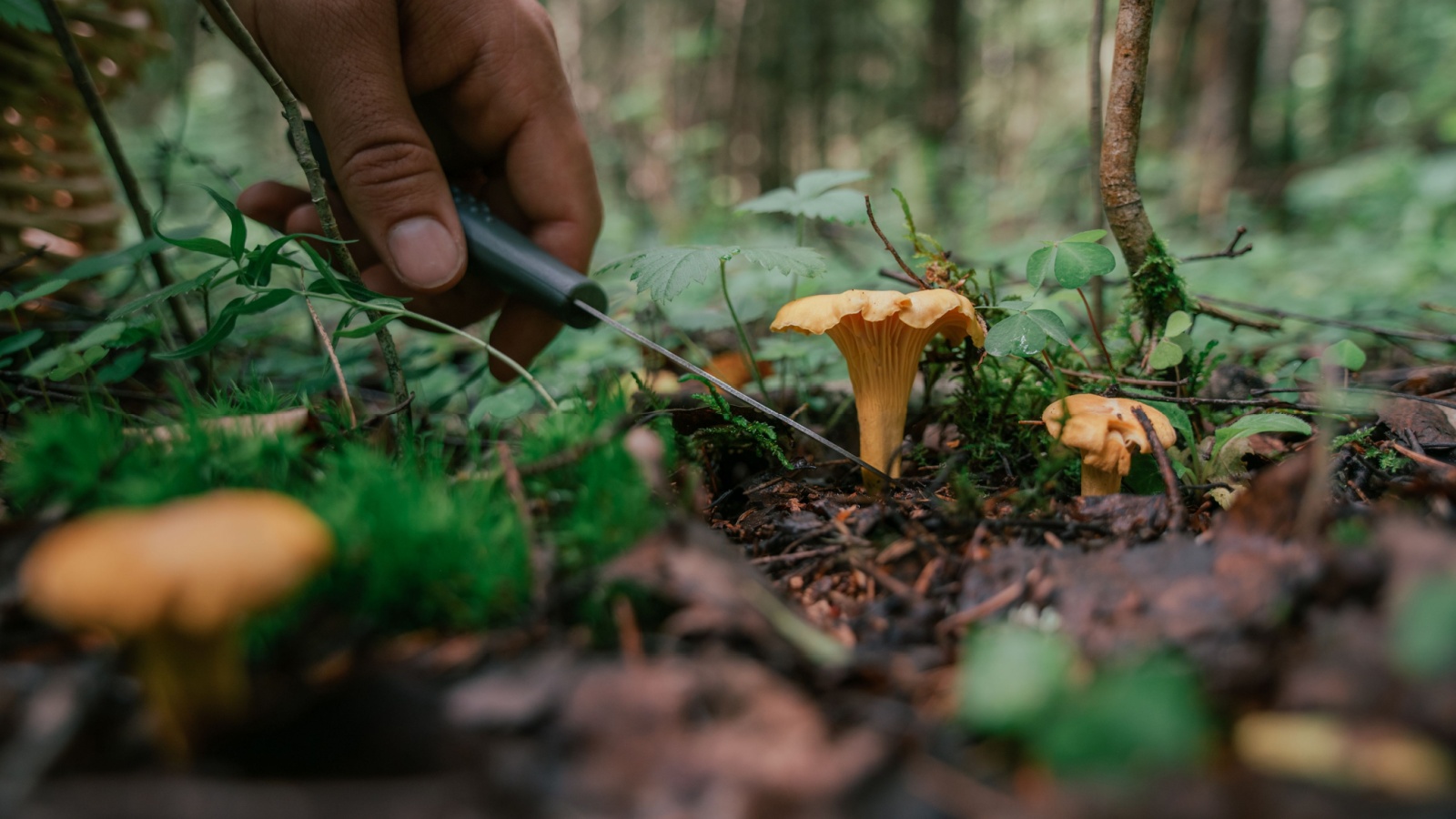
Foraging for food might seem like a good survival strategy, but eating the wrong plant or mushroom can be fatal. Many poisonous species closely resemble edible ones, and misidentification is common even among experts. Unless you’re absolutely certain of a plant’s identity and edibility, it’s safer to avoid wild plants altogether. Focus on finding safe water and shelter instead.
Ignoring the Importance of Fire
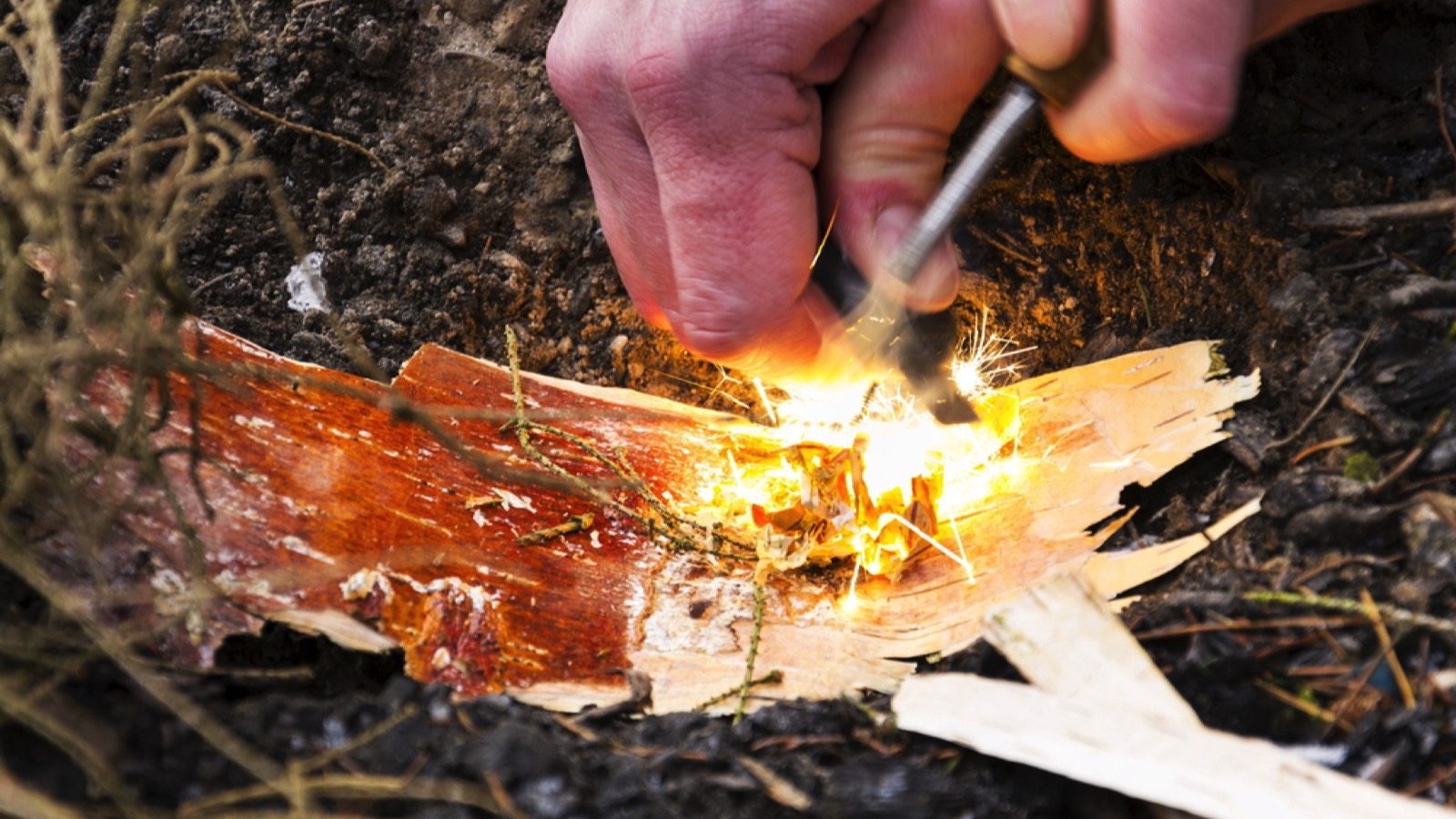
Fire is crucial for survival. It provides warmth, a way to purify water, cook food, and signal for help. Failing to start a fire or maintain one can lead to hypothermia, dehydration, and other life-threatening conditions. Always carry multiple fire-starting tools (matches, lighters, fire starters) and practice building fires in various conditions before you need to do it for real.
Neglecting First Aid Knowledge

In a survival situation, even a small injury can become life-threatening without proper care. Lack of basic first aid knowledge can turn a manageable situation into a fatal one. Learn essential first aid skills, carry a well-stocked first aid kit, and know how to use it. Understanding how to treat wounds, manage pain, and recognize signs of serious conditions like shock can save your life.
Panicking When Lost
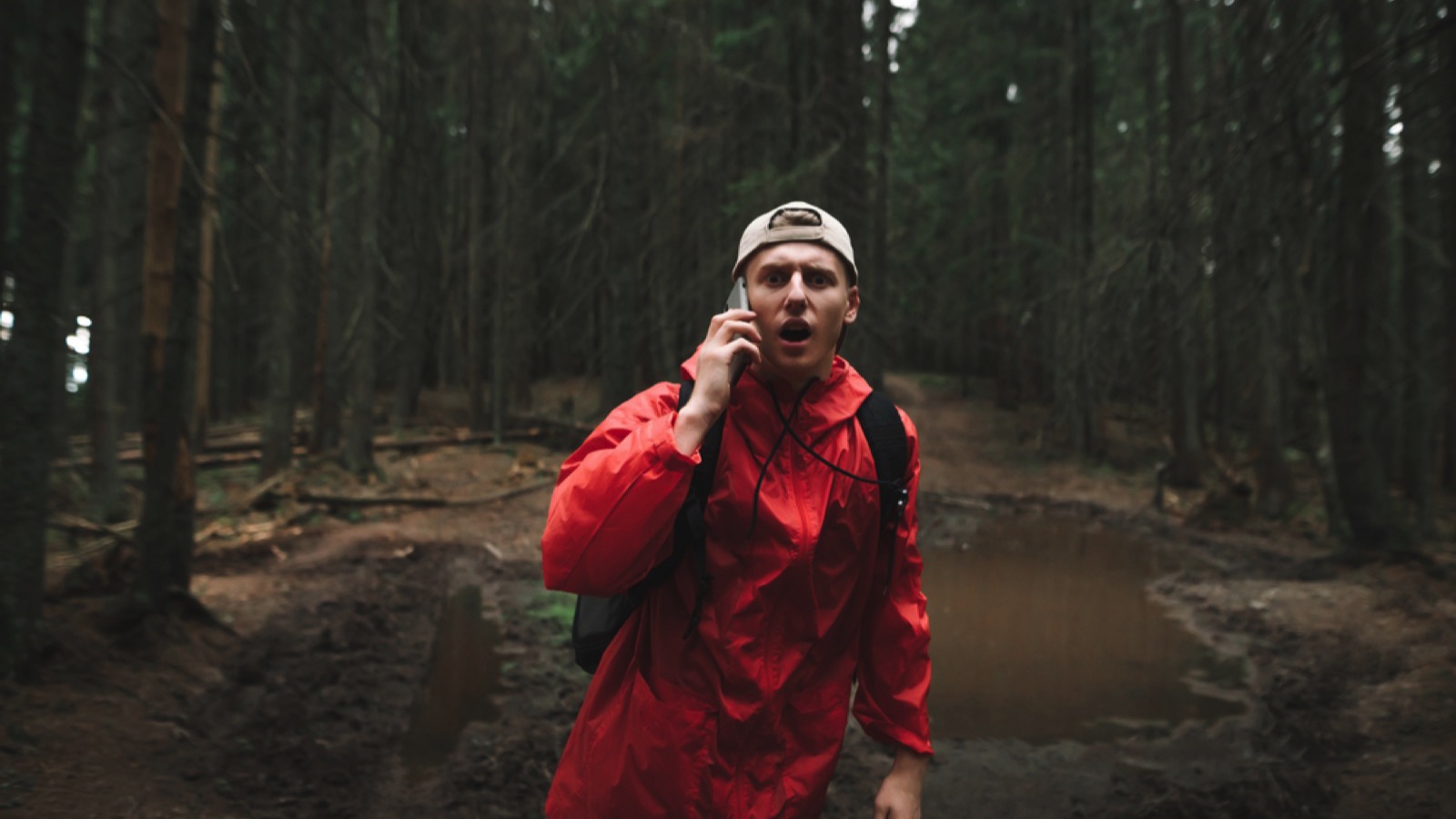
Panic is your worst enemy in a survival situation. It leads to poor decision-making, wasted energy, and increased risk of injury. If you realize you’re lost, stop, sit down, and take a few deep breaths. Use the STOP method: Stop, Think, Observe, Plan. Stay put if possible, as this increases your chances of being found by rescuers.
Pushing Your Physical Limits

Overexertion in the wilderness can lead to exhaustion, injury, and poor decision-making. Know your physical limits and don’t push beyond them. Take frequent breaks, stay hydrated, and listen to your body. Remember, in a survival situation, conserving energy is often more important than covering distance.
Failing to Signal for Help

If you’re lost or in trouble, your priority should be getting rescued. Many survivors have perished because they failed to signal for help or made themselves difficult to find. Carry signaling devices like whistles, mirrors, and brightly colored fabric. If possible, stay in open areas where you’re more visible to search parties or aircraft.
Overlooking the Importance of Shelter

Exposure to the elements can kill you faster than lack of food or water. In many environments, finding or building adequate shelter should be your top priority. Learn how to construct simple shelters using natural materials and always carry a tarp or emergency blanket. A good shelter can protect you from hypothermia, heat exhaustion, and dangerous wildlife.
Underestimating Wildlife Dangers
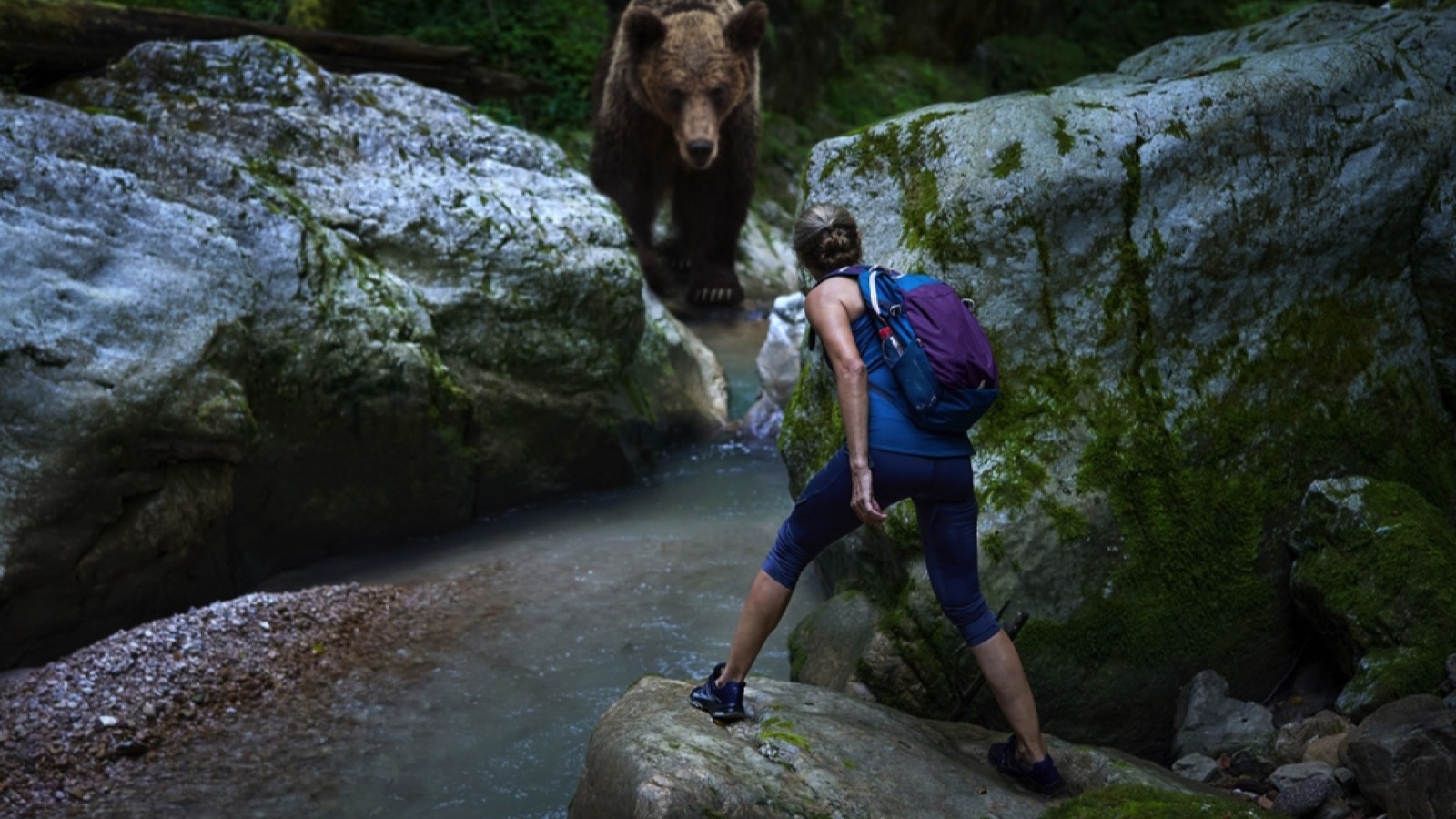
While animal attacks are rare, they can be deadly when they occur. Underestimating the danger of wildlife, or actively seeking out encounters, can put you at serious risk. Learn about the dangerous animals in your area and how to avoid attracting them. Store food properly, make noise while hiking to avoid surprising animals, and never approach or feed wildlife.
Neglecting Navigation Skills
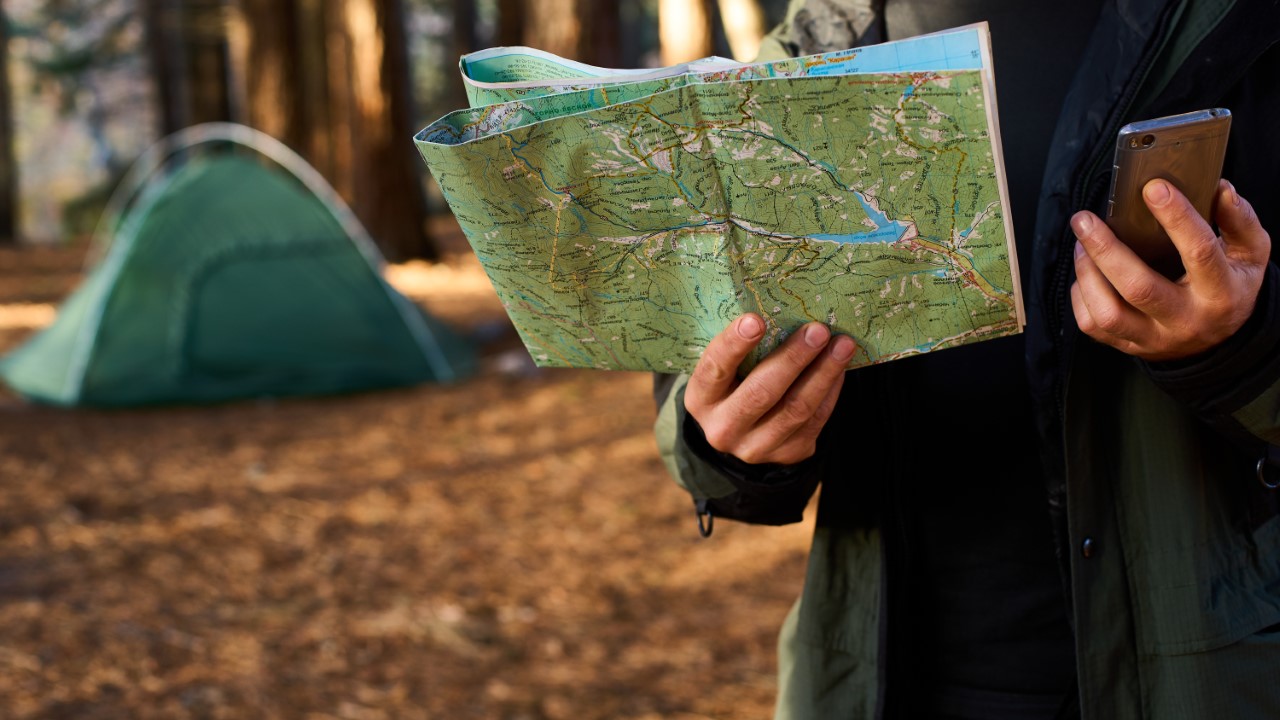
Relying solely on GPS or your phone for navigation is a recipe for disaster. Batteries die, equipment fails, and satellite signals can be unreliable in remote areas. Always carry a map and compass, and know how to use them. Basic navigation skills like reading terrain, following streams, and using the sun for direction can be lifesaving.
Wearing Inappropriate Clothing

Your clothing is your first line of defense against the elements. Wearing cotton in cold, wet environments can lead to hypothermia, while lack of sun protection in hot climates can result in severe sunburn and heat stroke. Dress in layers, choose moisture-wicking fabrics, and always pack extra warm, dry clothes. Don’t forget appropriate footwear and sun protection.
Giving Up Hope

Mental resilience is just as important as physical preparedness in a survival situation. Giving up hope can lead to a lack of motivation to continue survival efforts. Remember that rescue can come at any time, and your job is to stay alive until it does. Maintain a positive attitude, focus on small achievable tasks, and never stop fighting for survival.
Best Hunting Rifles of the Last 50 Years
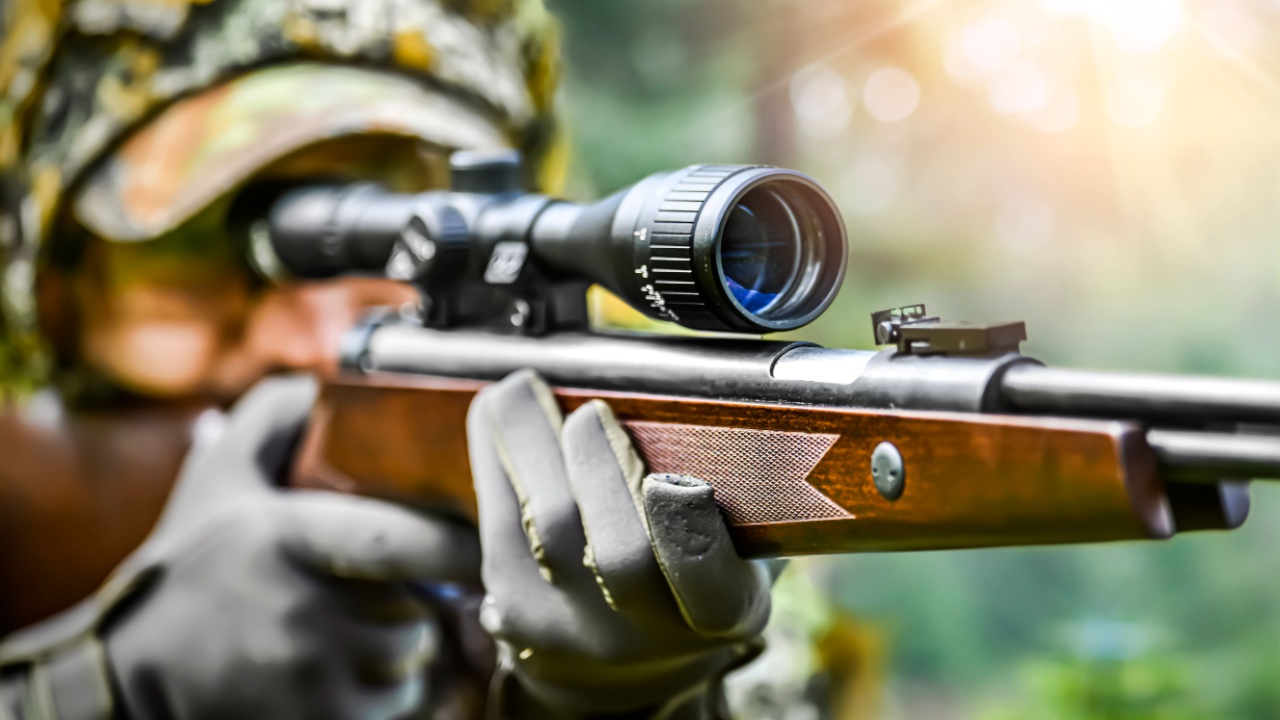
Choosing the “best” hunting rifle is a pretty personal thing. We all have different opinions and preferences on what we like to hunt with. But still, over the last 50 years, there have been some remarkable weapons. Over the past half-century, the evolution of hunting rifles has seen so many innovations, catering to a wide range of needs from the casual deer hunter to the adventurous big-game enthusiast. What’s your favorite hunting rifle? Which weapons deserve a spot on this list?
14 Most Versatile Hunting Cartridges

With almost 16 million hunters in the United States, and with such a huge range of game to hunt, the right rifle and the best cartridge is critical. We have some of the most diverse ecosystems on the planet, with animals ranging from tiny squirrels to gigantic moose. The cornerstone of a successful hunt lies in the hunter’s skill and knowledge but also in the choice of ammunition. The right cartridge can make all the difference, offering the power needed for a clean, humane kill without compromising the quality of the game.
38 Things Every Prepper Should Stockpile That Aren’t Water, Food, or Weapons

This list extends beyond the basic survival trio of water, food, and weapons. It’s a given that we need to stock up on water, food, and a way to defend ourselves and what we have. But what other things will you need in a survival situation? None of us truly knows what TEOTWAWKI will really look like, although most of us have theories we think most likely. But whatever the situation is, there are certain supplies that it just makes sense to have on hand, aside from the obvious trio I mentioned above.


